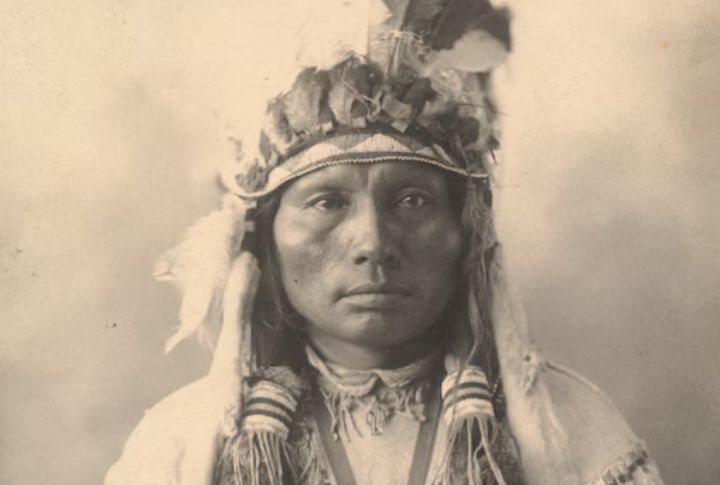
History class made it seem like Native Americans belonged to the past. But reality is different. Communities thrive, cultures evolve, and their influence is everywhere, often hidden behind simplified stories. The truth is definitely fascinating and much bigger than any textbook snapshot you were taught. Let’s read further.
Myth Of Primitive Pre-Contact Societies
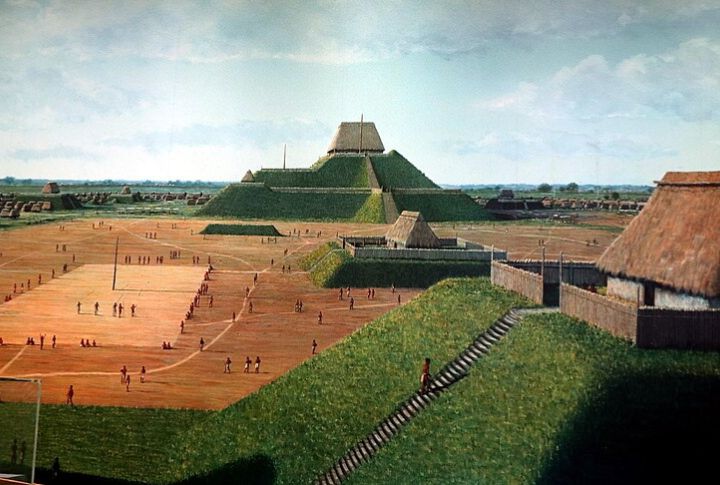
Despite persisting classroom narratives about “primitive” pre-contact societies, Native Americans’ sophisticated legacy flows through modern life. Be it the maple syrup at breakfast or the corn in countless foods, these agricultural innovations emerged from advanced civilizations that built remarkable cities like Cahokia.
Peaceful Colonization Narrative
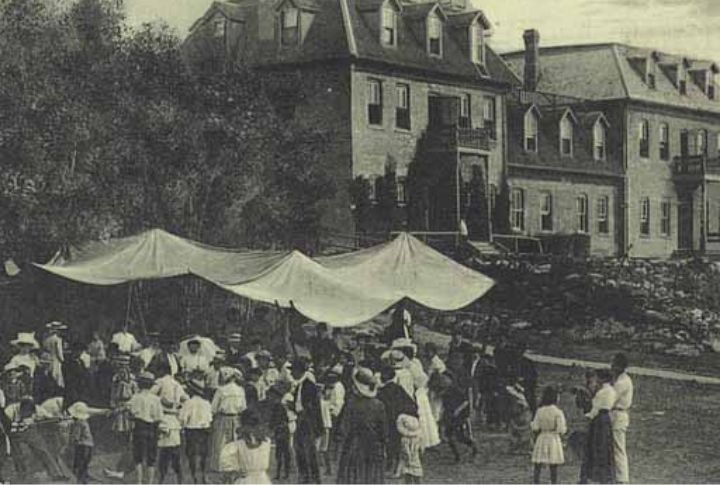
The colonization playbook evolved with chilling efficiency: from the raw brutality of torture and massacres against Indigenous peoples, to the calculated deployment of Army-run residential schools, culminating in cultural genocide masked as “assimilation.” Today’s sugar-coated curriculum narratives complete this change.
“Empty Land” Settlement Myth
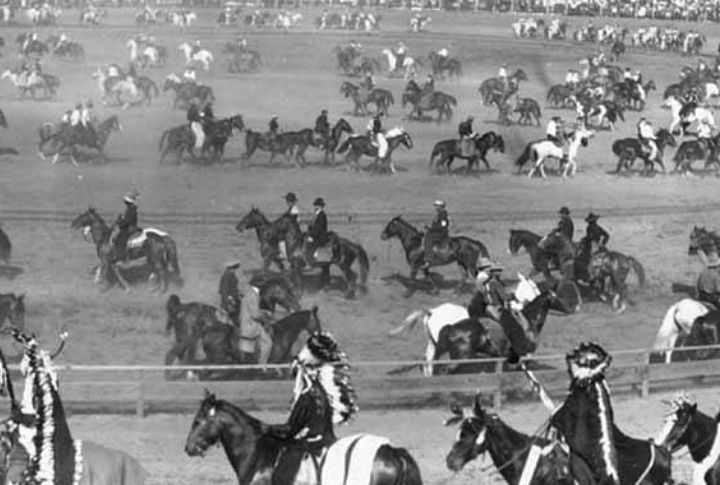
Take Oregon’s storied landscape. Long before it became a destination for pioneer wagons, these lands hummed with vibrant Native cultures. The same holds true across North America, where hundreds of indigenous nations flourished, shattering the persistent classroom myth of “empty wilderness.”
One-Size-Fits-All Cultural Image
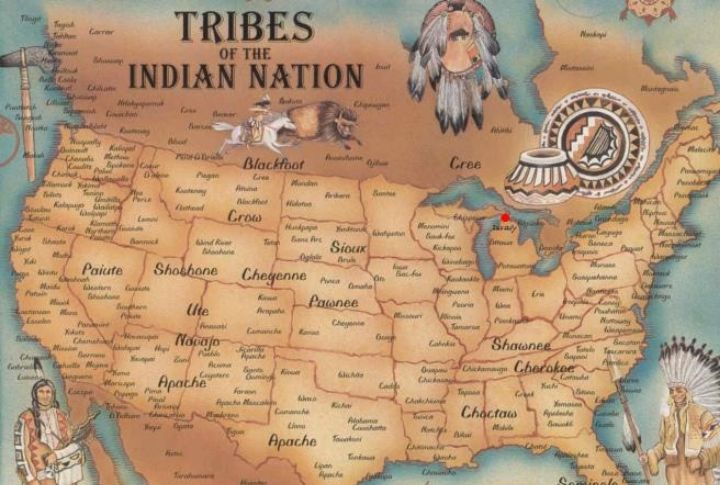
Textbooks reduce centuries of Native life to a single cultural snapshot—often just teepees on the plains. But this simplification masks an intricate reality. Hundreds of sovereign Native nations exist, each with its own government and legal system. Their languages, traditions, and histories flow through unique channels.
Vanishing Indian Stereotype
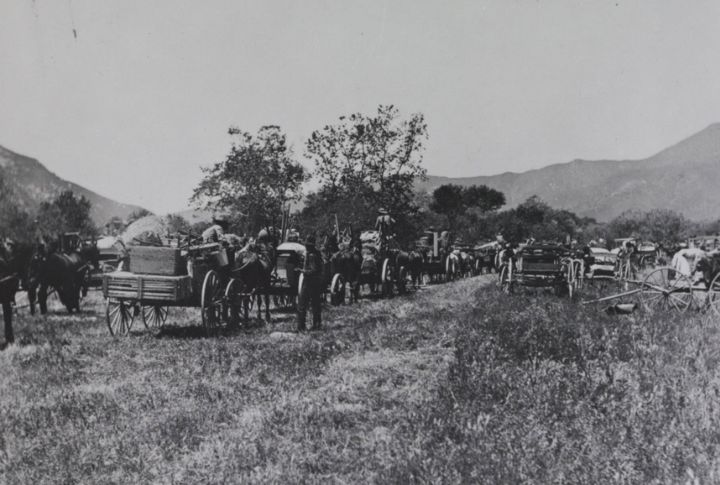
Washington state stands alone in naming genocide within its fifth-grade Native history standards. This rare honesty contrasts sharply with most American schools, where 87 percent of Indigenous references stop at 1900, implying Native Americans vanished. Yet today’s Indigenous students actively shape modern society, challenging such dated narratives.
Simplified Thanksgiving Story
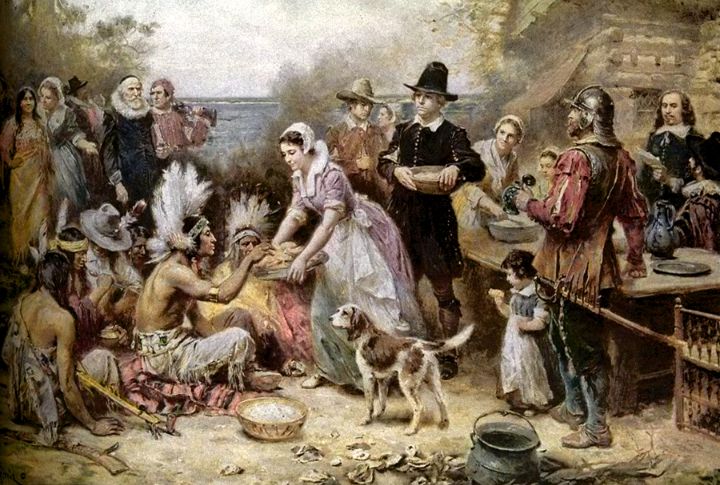
Many schoolchildren learn a simple tale: Pilgrims and Native Americans sharing a peaceful harvest feast. However, this gentle story is said to hide an intricate web of alliances and conflicts that defined early colonial relations. The Wampanoag people, central to that first Thanksgiving, still maintain their community in Massachusetts.
Single “Indian” Identity Frame
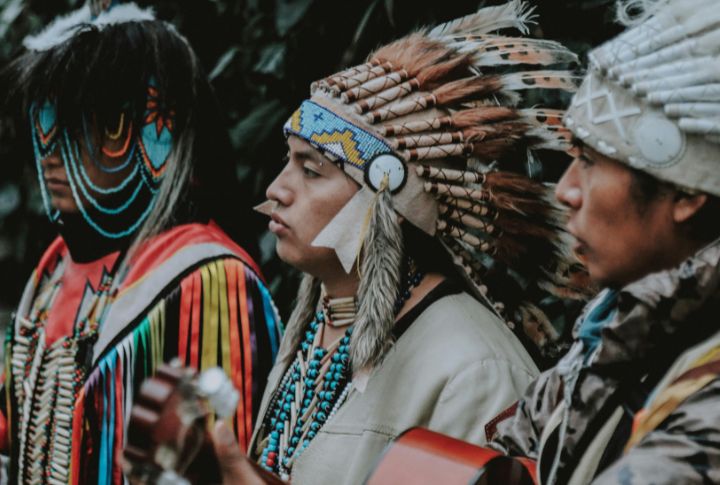
Let’s talk about the broad label “Indian,” born of Columbus’s geographical confusion. Behind this oversimplified school term lies an intricate mosaic in which hundreds of sovereign Native nations, each with its own name and identity, speak over 300 distinct languages across North America.
Erasure Of Indigenous Contributions
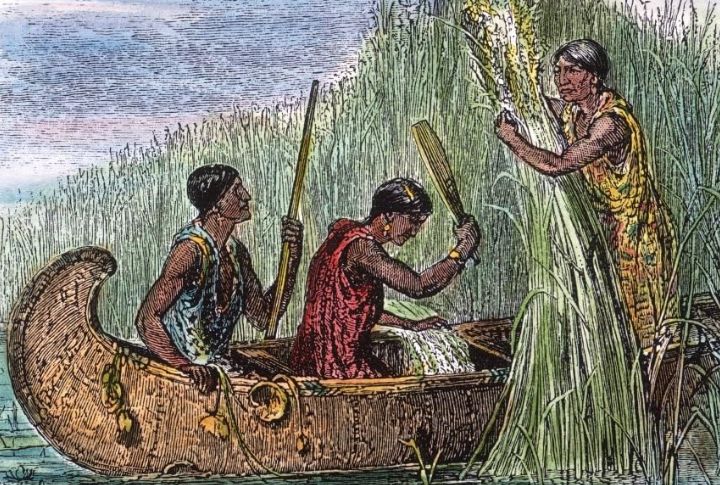
Standard school curricula reveal a stark omission. Yes, the extensive contributions of Native Americans remain largely untaught. Beyond the canoe’s role in changing trade and transport, Indigenous peoples provided foundational elements of American society, from agricultural knowledge to democratic concepts.
Softened Federal Policy History
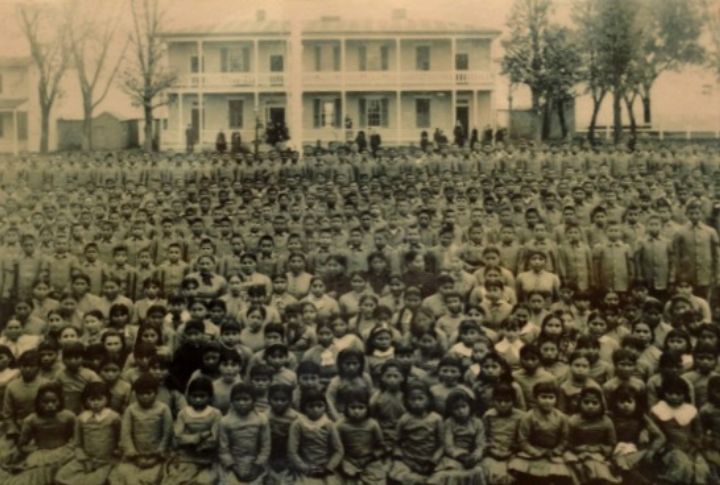
Today’s textbooks erase what federal policy inflicted. Where history books fall silent, forced removals once spoke through military might. Where pages remain blank, the Carlisle Indian Industrial School’s militaristic model spread its reach. Where chapters end too soon, dozens of Christian missionary schools extended systematic assimilation.
“Free Money” Stereotype
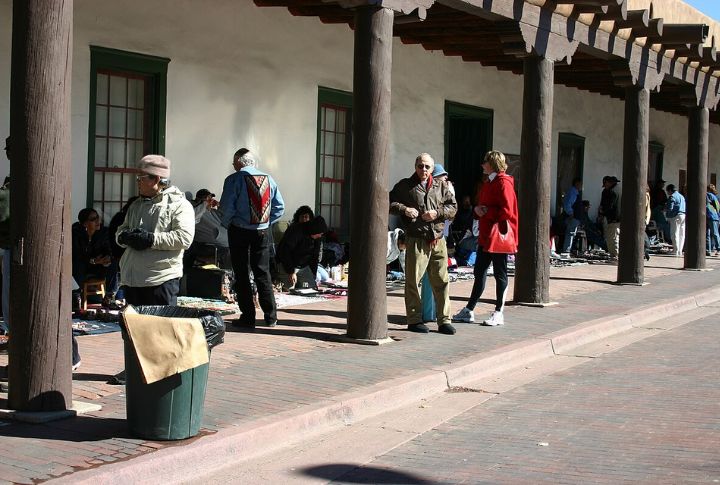
Most Native Americans receive no special financial benefits today, dispelling a common misconception. While certain tribes operate profitable casinos and businesses to fund community services, any federal payments stem from binding treaty obligations—legal commitments between nations, not the imagined “free money” that popular stereotypes suggest.

